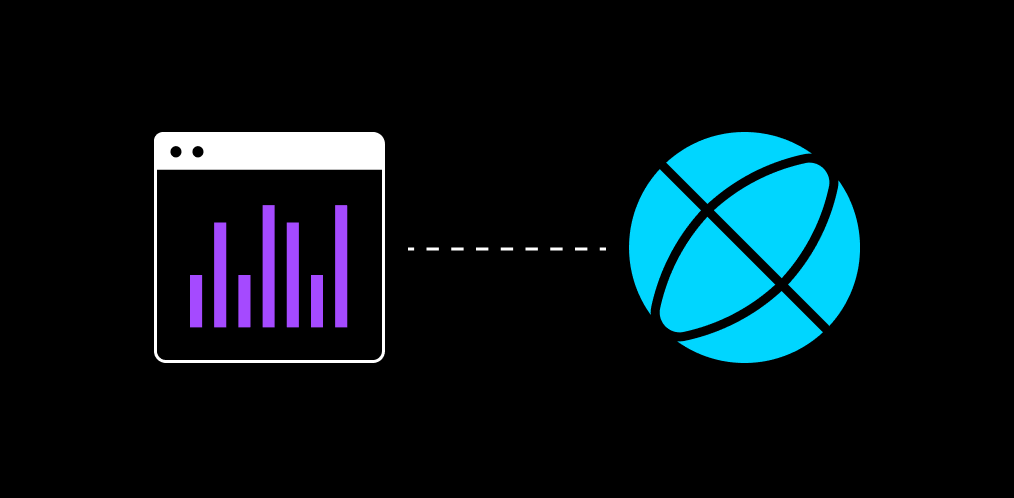
5 Reasons Why CISOs are Investing in API Security
Digital transformation has ushered in a new era of devices, applications and online services. And though apps get most of the credit, application…
{ "term_id": 162, "name": "Harold Bell", "slug": "harold-bell", "term_group": 0, "term_taxonomy_id": 162, "taxonomy": "wpx-authors", "description": "", "parent": 0, "count": 90, "filter": "raw" }

Key Takeaway
Static Application Security Testing (SAST) is a vital tool for analyzing application security code before it’s compiled for security vulnerabilities. SAST takes place very early on in the software development lifecycle, which enables early detection and resolution of issues, enhancing overall software security.
Static application security testing (SAST), sometimes referred to as source code analysis or static analysis, is a white box methodology for testing that analyzes application source code before it is compiled for security vulnerabilities.
According to Gartner, the term SAST represents a set of technologies created to help developers analyze binaries, byte code, and application source code to detect coding and design conditions that flag security flaws.
SAST is a commonly used application security (AppSec) tool which identifies and helps remediate underlying the root cause of security vulnerabilities. SAST tools do not need a system to be running to perform a scan because they analyze web applications from the inside out. For example, SAST testing may be used for regulatory compliance with the payment card industry data security standard (PCI/DSS), or to improve insight into software risk.
The reality is, there are far more developers than security staff. SAST tools can analyze 100% of the codebase much more rapidly than human secure code reviews. It takes only minutes for these SAST tools to scan millions of lines of code to identify critical vulnerabilities. Ultimately, these tools help organizations achieve key goals, such as:
Integrating SAST into the earliest stages of software development helps shift security testing left. Detecting proprietary code vulnerabilities and other security issues during the design stage while they are easier to resolve is an important practice.
SAST readily identifies basic coding errors so development teams can easily comply with the best practices for secure coding standards.
Integrating SAST earlier in the existing CI/CD pipeline and DevOps environment saves developers from needing to trigger or separately configure scans. This makes it more efficient, convenient and easier for them to use, and eliminates the need for developers to leave their environment to conduct scans, see results, and remediate security issues.
Because it can take place without code being executed and does not require a working application, SAST takes place very early in the software development life cycle (SDLC). This helps developers quickly resolve issues and identify vulnerabilities in the project’s initial stages without passing on vulnerabilities to the final application.
SAST testing typically happens in several steps:

There are important differences between SAST and DAST.
Static application security testing (SAST) comes early in the CI pipeline and focuses on bytecode, source code, or binary code to identify coding patterns that are problematic or conflict with best practices. Although modern SAST supports multiple programming languages, the methodology is programming-language dependent.
Dynamic application security testing (DAST) is an approach to black-box testing. Because it requires runtime to scan applications, it is applied later in the CI/CD pipeline. DAST doesn’t depend on a specific programming language so it is a good method for preventing regressions.
Consider the major differences in DAST vs SAST:
In practice, given the difference between SAST and DAST tools, best practices suggest using both. A SAST tool and DAST tool complement each other, and each finds vulnerabilities the other does not.
Like DAST, interactive application security testing (IAST) focuses on application behavior during runtime. However, IAST analysis takes more of a hybrid approach, combining analysis of internal application flows with scanning and black-box testing. IAST is most beneficial in its ability to connect source code with DAST-like findings. But this also makes IAST both programming-language dependent (as it needs to scan source code), and restricts it to being performed later in the CI/CD pipeline.
The SCA vs SAST comparison is somewhat of an apples to oranges analogy. Software composition analysis (SCA) focuses on the application’s third-party code dependencies. In contrast, SCA tools discover all software components including all direct and indirect dependencies and supporting libraries. SCA is very useful for applications that use many open-source libraries.
In general, there are several steps to implement SAST:
Customize the process to identify new security flaws or reduce false positives by revising old rules or creating new ones. Prioritize results based on factors such as severity of threat, compliance issues, CWE, responsibility, risk level, or vulnerability.
Before we get into when SAST should be performed, let’s first answer the question: What is SAST?
SAST, or static application security testing, is an important process that takes place in the early stages of the software development process, usually around the same time the code for the software program is written. It’s easily woven into the development process and the CI/CD pipeline.
An API security checklist should be used during SAST to ensure every step of the process is completed and verified. Following API security best practices also ensures all issues are efficiently tracked and reported. When issues are found, teams should work together to quickly address them so processes are performed on time and as securely as possible.
API vulnerabilities include buffer overflows, XSS (cross-site scripting), IDOR (insecure direct object references), and SQL injection. These are just a few disruptions that can dramatically affect the stability of your security protocols. Any undetected vulnerability can cause significant damage to your programs and jeopardize the safety of your confidential information.
Solid SAST protocols ensure your programs run smoothly and that the highest level of security is always maintained. Finding vulnerable areas and making adjustments as soon as they are discovered will ensure all your systems are secure.
SAST can be used on various applications where the source codes are accessible. This includes desktop applications, mobile apps, and many other web applications. Any security platform, especially those that use SAST, will vary in effectiveness depending on the programming language used during its creation.
SAST/DAST and API security testing are highly effective, but there are some limitations. While SAST cannot analyze a running application for potential abnormalities, DAST (Dynamic Application Security Testing) can. SAST also has difficulty identifying any malfunction that only occurs when the program is operational.
Authentication problems and server configuration errors are two of the most common limitations of SAST. However, it’s crucial to understand the difference between SAST & DAST to ensure you choose the correct security testing for your application.
For a comprehensive security platform to further protect your APIs, consider NoName Security. NoName Security provides complete API security to detect various API threats and keep your application safe.
Experience the speed, scale, and security that only Noname can provide. You’ll never look at APIs the same way again.